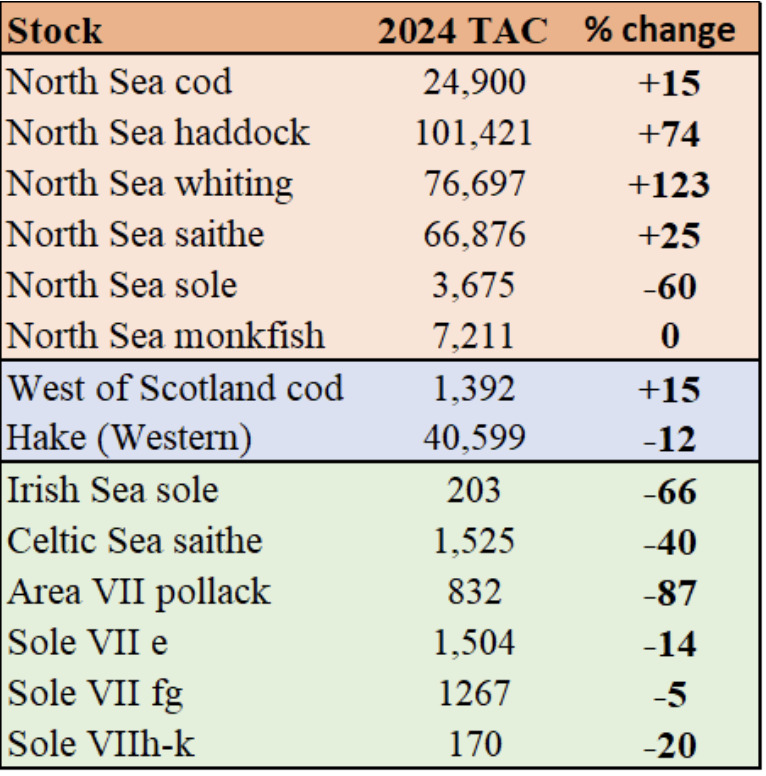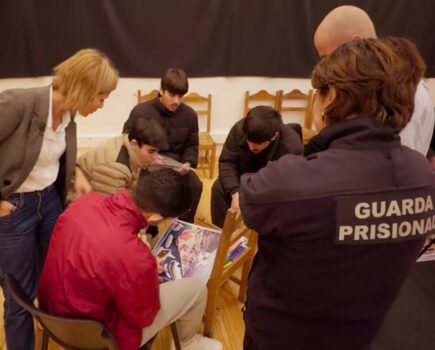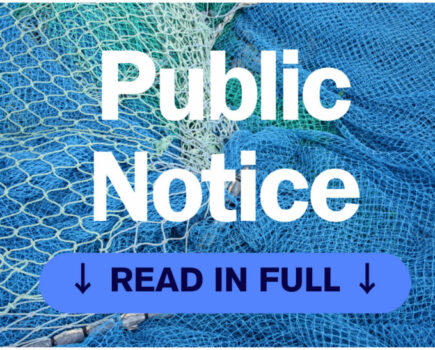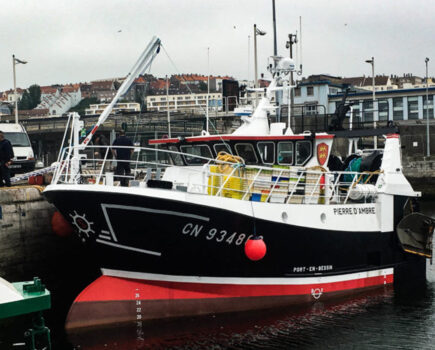Talks on 2024 fishing opportunities between the UK, EU and Norway concluded last week with a deal that was broadly welcomed in Scotland, but much less so in the South West.
There were increases in most of the stocks in the mixed demersal fisheries that are vital to the Scottish fleet, including a 15% increase in northern shelf cod – a significant reversal of the 17% cut that had been proposed.
But there was dismay in South West England, where a bycatch-only TAC for pollack will cause major problems for a large number of vessels, both inshore and offshore.
NFFO chief executive Mike Cohen said the increased TAC for North Sea cod was ‘clearly welcome’.
But he added: “The process of getting there has highlighted some of the problems in ICES’ use of a new model for the stock, as well as a precautionary procedure that produced results severely at odds with what was being seen on the grounds.
“In fact, there is a broadly positive outlook across several important demersal whitefish stocks that will please many.
“Elsewhere, though, we are seeing cuts that will cause real difficulties. A big reduction in the sole TAC is bad news for the inshore fleet. A bycatch-only TAC for pollack is especially problematic for the South West. Again, smaller inshore vessels will be among those hardest hit. “Adjustments to ICES models have led to substantial variability in several stocks this year. Multi-annual planning could plainly secure some much needed stability. Indeed, we can see how taking ICES advice as management directives becomes deeply problematic when mathematical models, backed by limited survey data, fail to account for observed changes on the grounds.”
While there was broadly good news on roundfish TACs, there were some significant cuts in flatfish stocks. Sole is particularly badly hit, with cuts of 66% in the Irish Sea, 60% in the North Sea and 15% in the Channel. The Channel is also hit by a 42% cut in the plaice TAC.
But there is better news in the Channel on undulate ray, which sees a 24% increase. There is a 76% increase in skates and rays in the Eastern Channel, and 81% in the North Sea.
In the Celtic Sea, as well as the huge 87% cut in the pollack TAC, there are cuts of 31% in haddock and 40% in saithe, and cod is again a bycatch-only TAC.

The headline 2024 TACs. The full table showing all of the TACs for 2024 will be published the 4 January issue of Fishing News.
Defra said the deals with the EU and Norway will give the UK industry access to 420,000t of fishing opportunities worth up to £700m. Total fishing opportunities secured for the UK in 2024 add up to 750,000t – 80,000t more than in 2023 – worth up to £970m based on historic landing prices.
As a result of quota share uplifts agreed in the Brexit TCA, the UK has up to 120,000t more quota from the 2024 negotiations than it would have received as an EU member state, Defra has claimed – though critics point out that much of this is ‘paper fish’ that won’t be caught.
Defra said that, where possible, catch limits had been set at or within the levels advised by ICES. A provisional estimate is that the same number of jointly managed stocks have been set in line with or lower than the levels advised by ICES scientists compared to last year, despite ‘challenging advice’ for a number of stocks.
Commenting on the zero pollack TAC, one of the stocks subject to that ‘challenging advice’, Labour fisheries spokesperson Daniel Zeichner said: “Following the pollack warning advice from ICES
in early summer, it is wholly unacceptable that five months later, ministers have no plan to help fishers, many of whom will have no income from 1 January.
“They have families and households to support, as do all those onshore workers whose income depends on supporting a fleet that now has limited prospects.”
Negotiations to set TAC limits for shared coastal state pelagic stocks – mackerel, blue whiting and Atlanto-Scandian herring – concluded in October, followed by the annual meeting of the NEAFC that took place in November. Next year seems set to see a repeat of previous years, with a total TAC being set between the coastal states that exceeds the scientific advice, and nations blaming each other for the overfishing that results.
Bilateral fisheries negotiations between the UK and Norway and between the UK and Faroe on additional exchanges of access and quota opportunities are ongoing.
The UK, EU and Norway also agreed to progress work in 2024 on the development of long-term management strategies for these stocks.
Scottish whitefish: Cod ‘a move in the right direction’
Mike Park, chief executive of the Scottish White Fish Producers’ Association, said the talks were ‘quite a good result for Scotland in terms of the cod’ and the other North Sea mixed whitefish species.
“Although we didn’t get quite what we wanted in terms of the full MSY approach for cod, it’s a significant move in the right direction,” he said.
“Monkfish is pretty much a rollover, but we need to bring in monkfish from Norway as well. If we get the quota and access deals we normally get with Norway and Faroe, that puts the icing on the cake, so we need to work on deals with both countries.”
Talks with Norway and Faroe were underway last week, and were expected to continue into this week.
Mike Park said the talks with Faroe were ‘more challenging’ this year because there was less North Atlantic Fisheries Organisation cod in the system than in last year’s talks to use as negotiating currency.
This story was taken from the latest issue of Fishing News. For more up-to-date and in-depth reports on the UK and Irish commercial fishing sector, subscribe to Fishing News here or buy the latest single issue for just £3.30 here.
Sign up to Fishing News’ FREE e-newsletter here.








